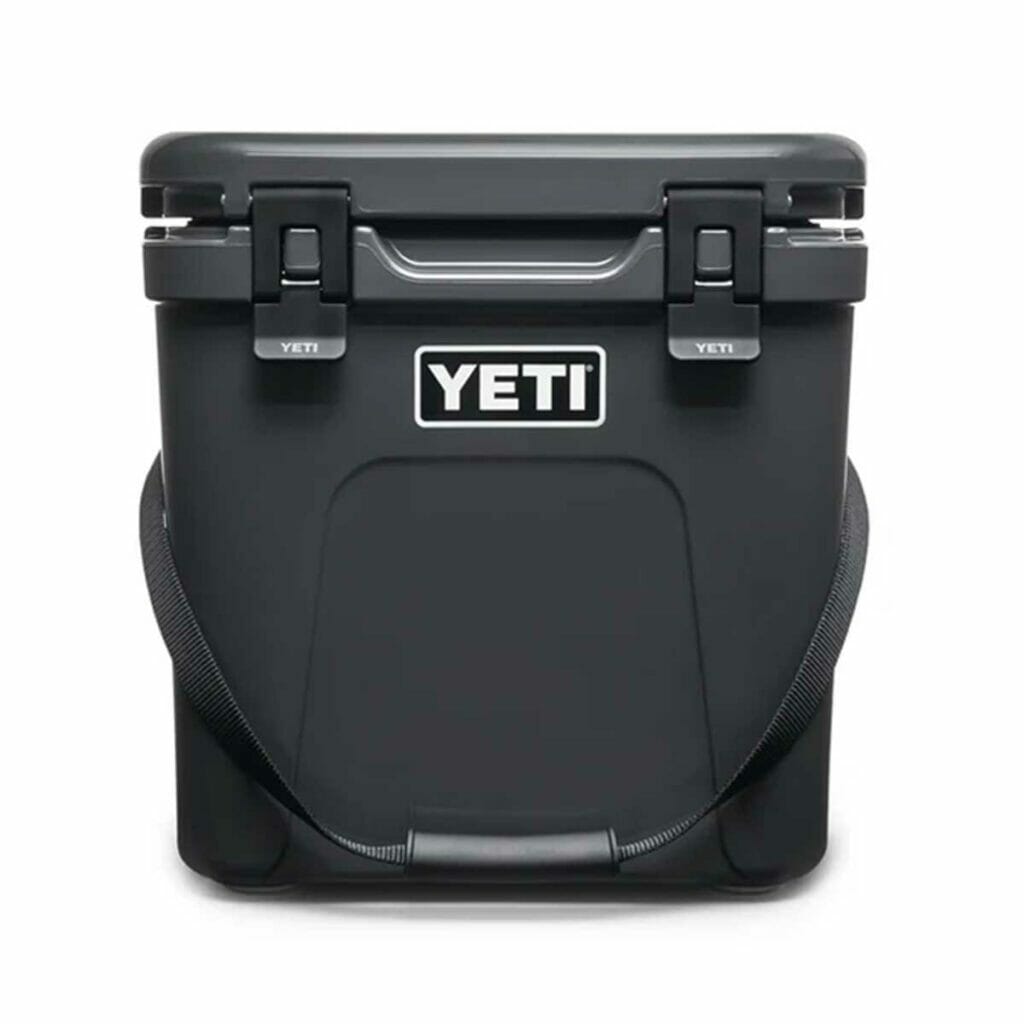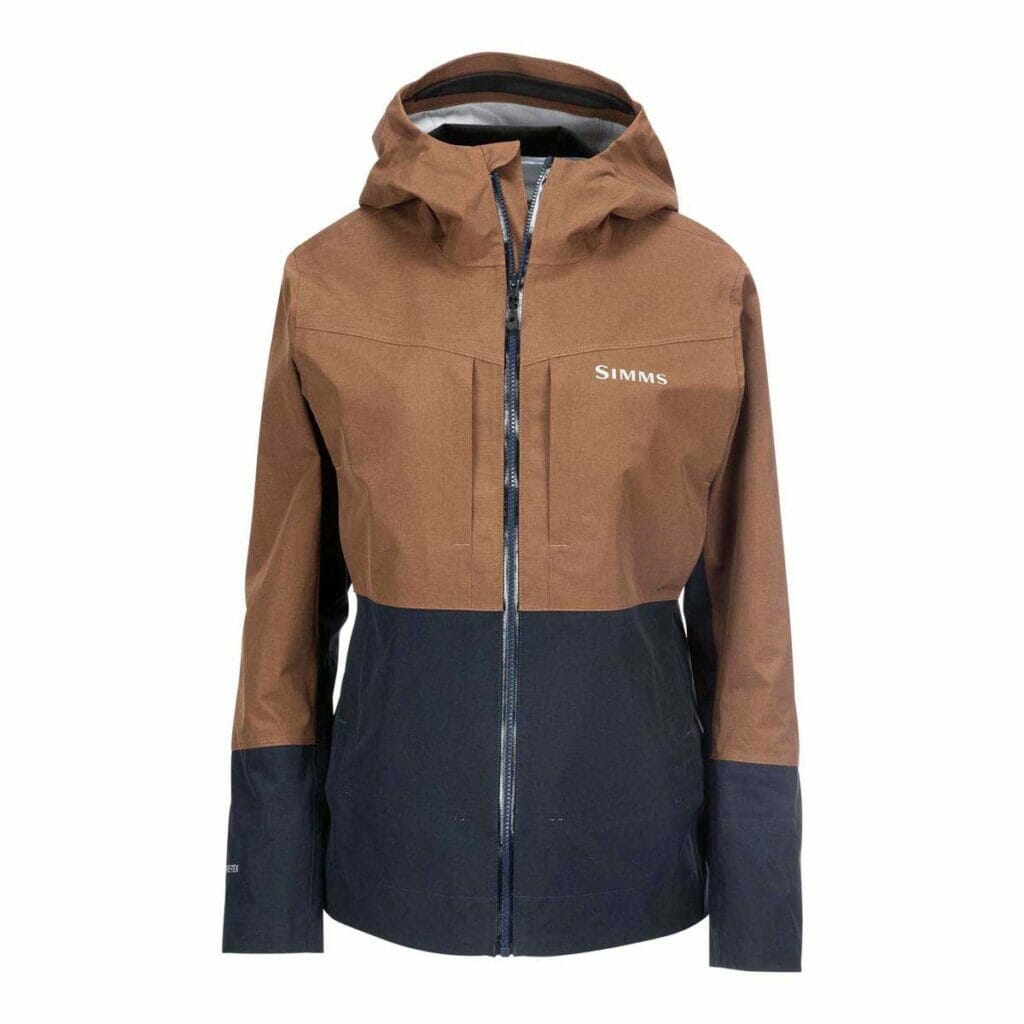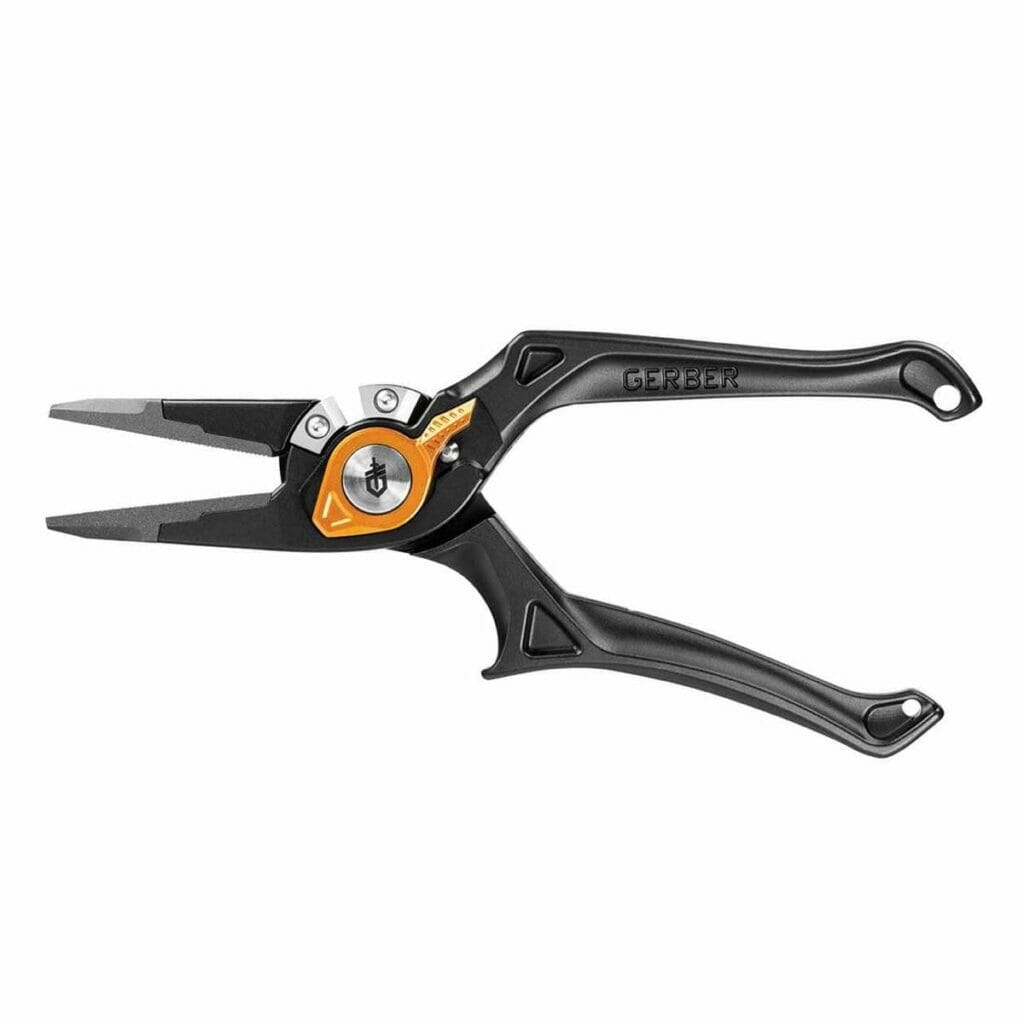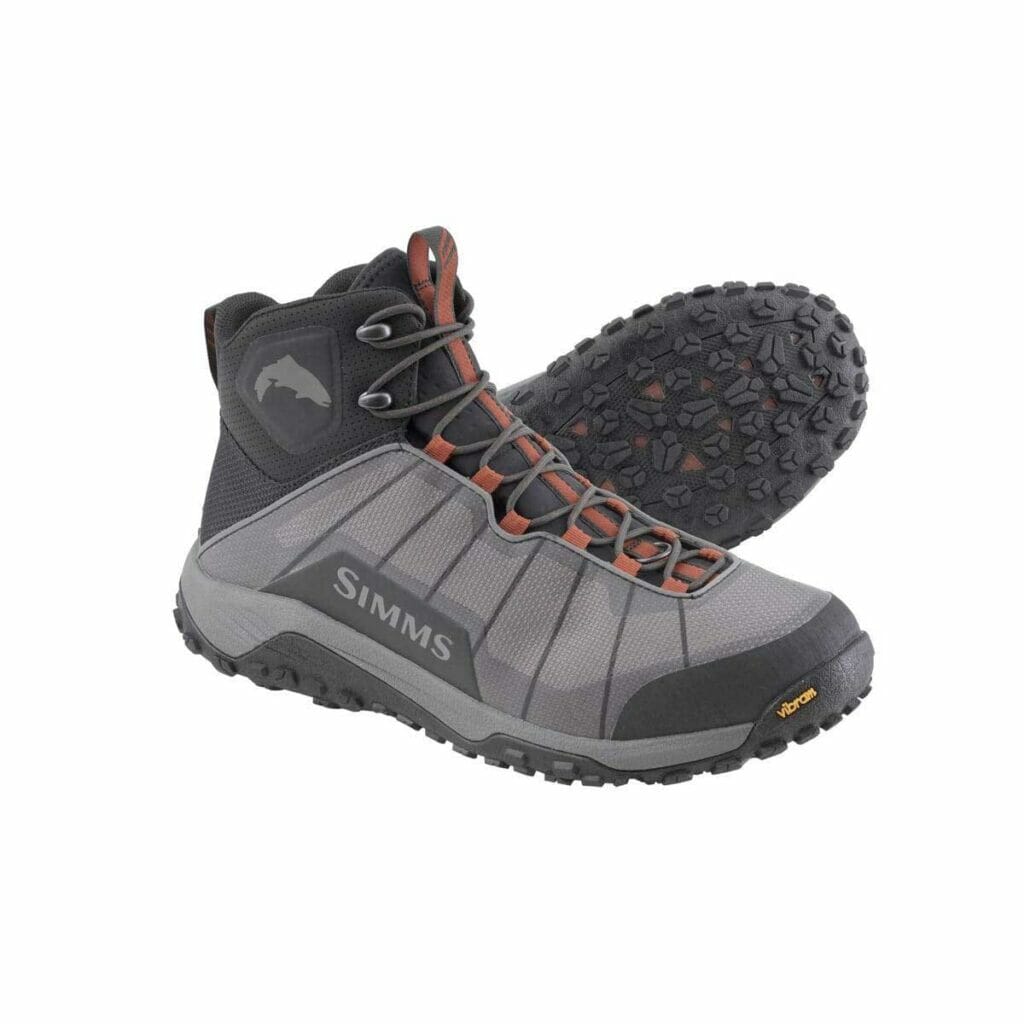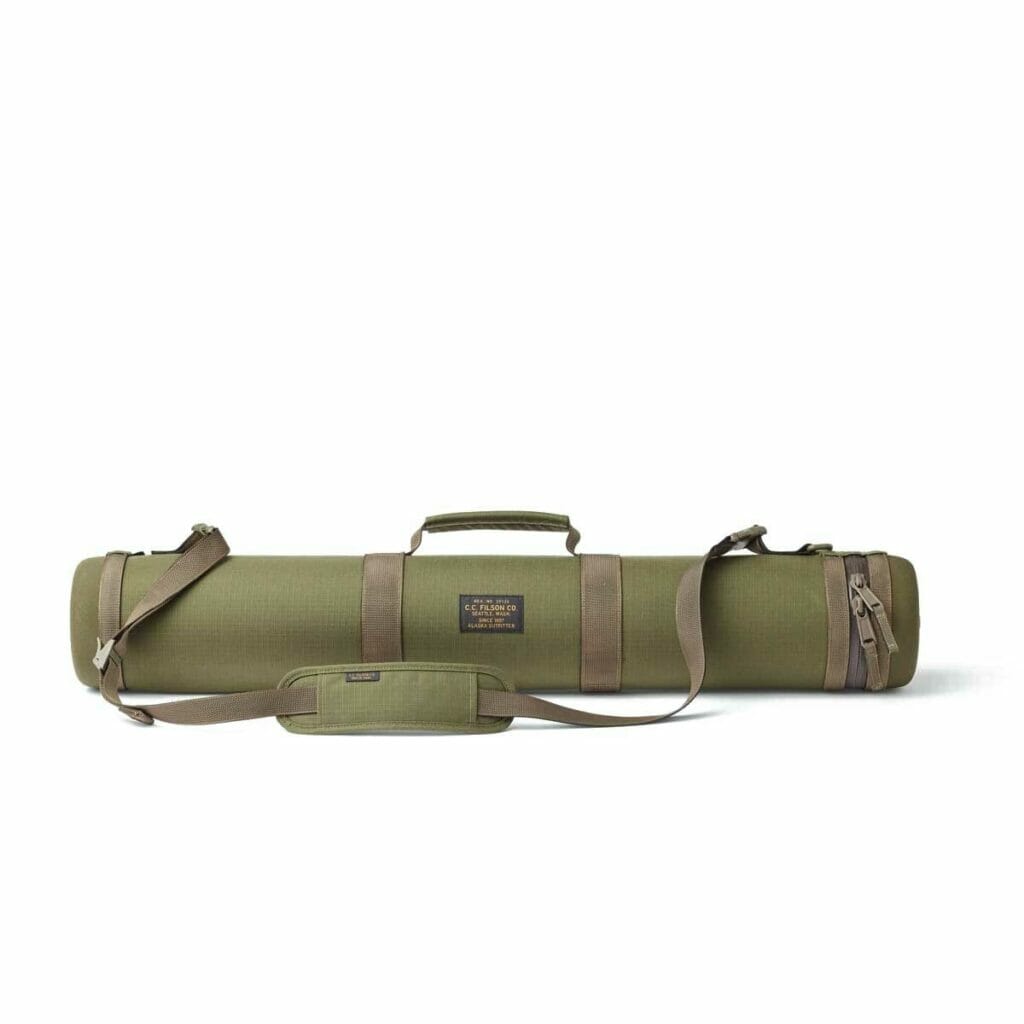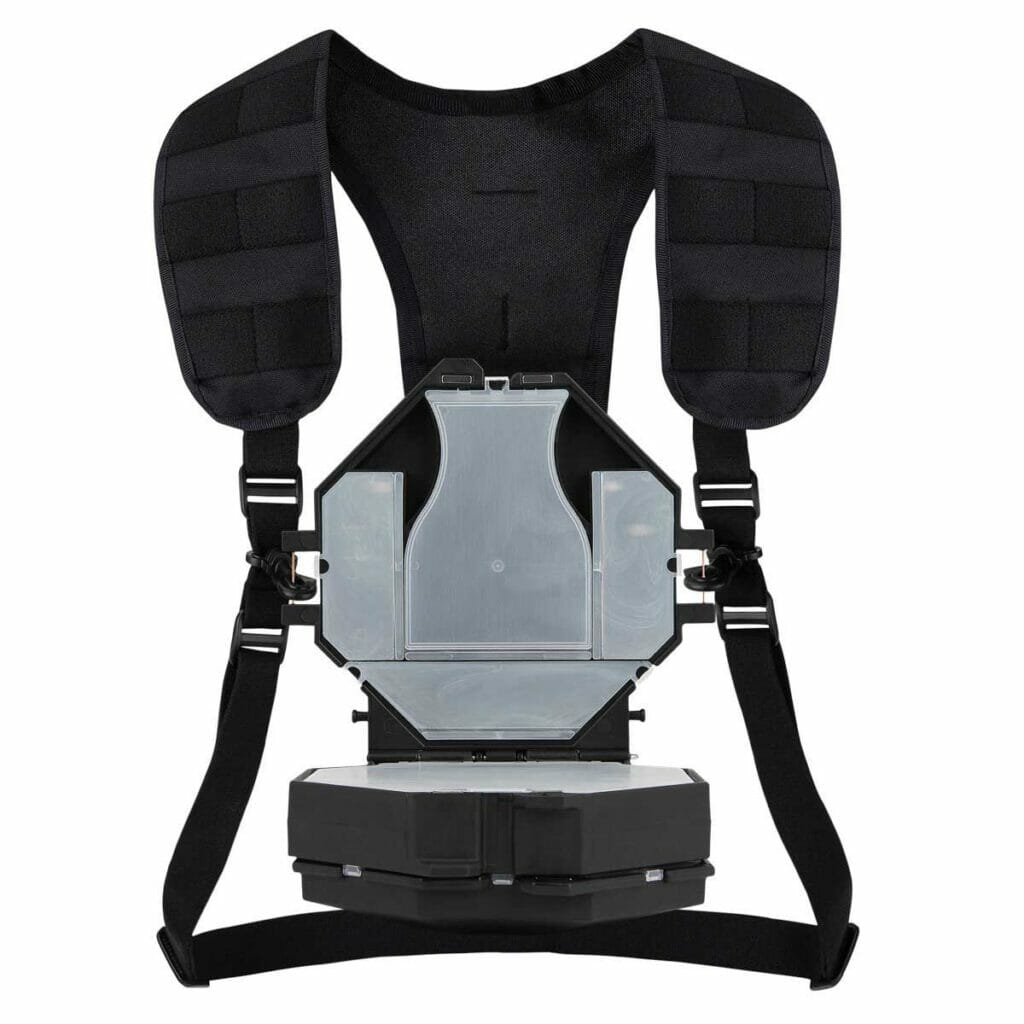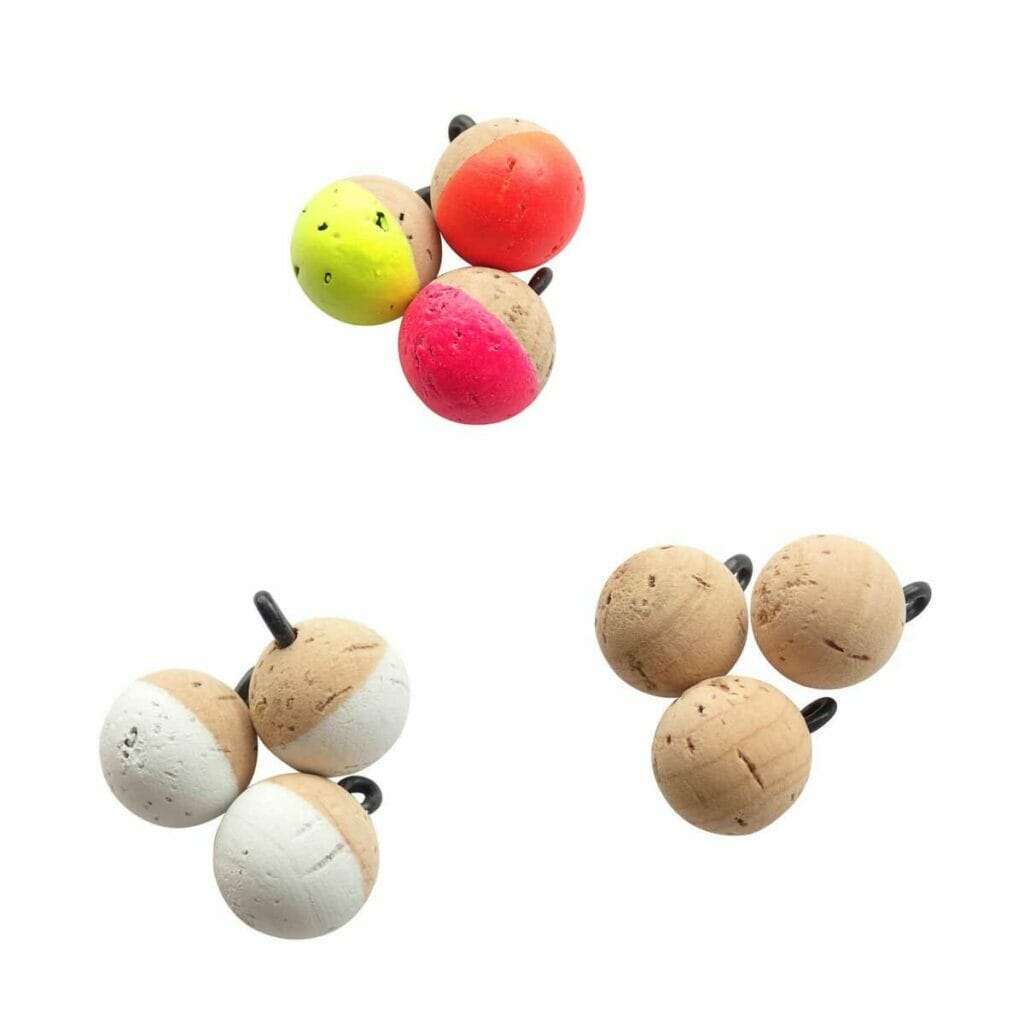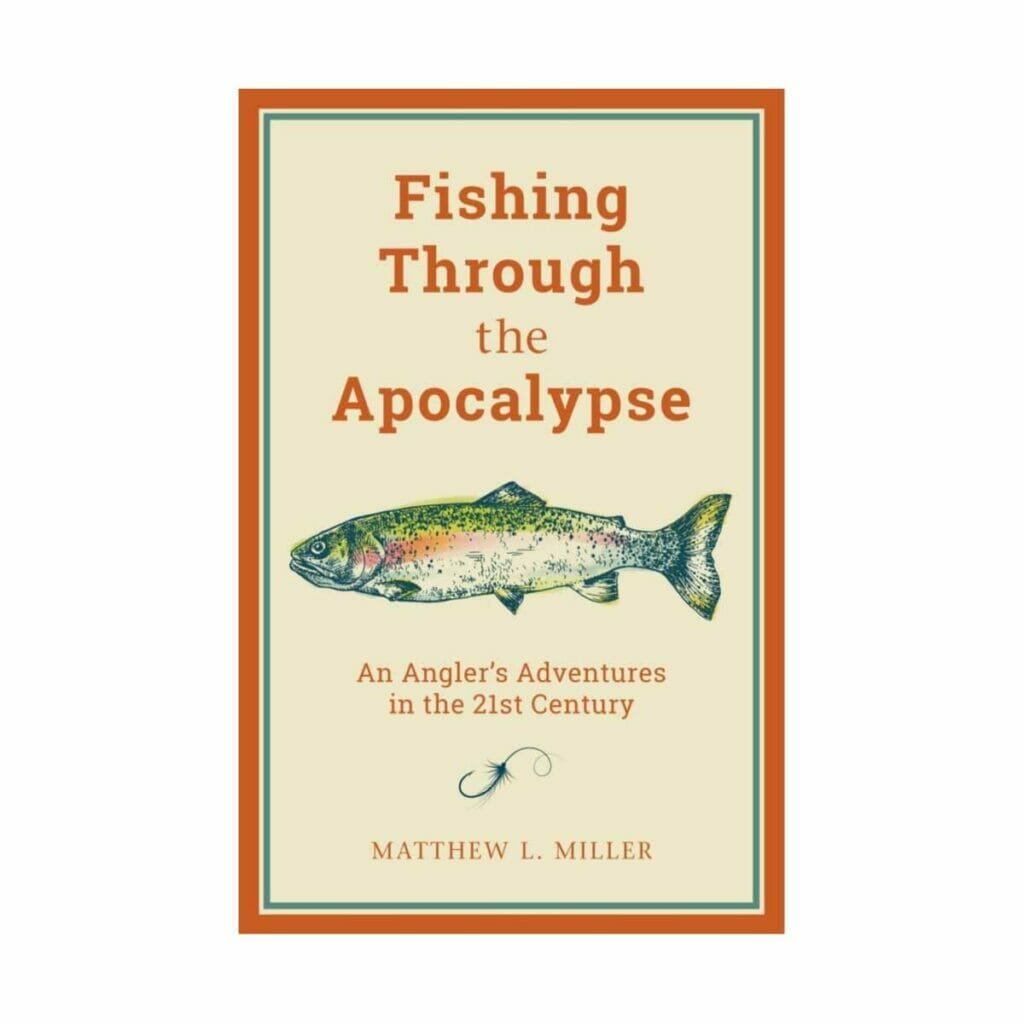
Fishing Through the Apocalypse
Matt Miller, the editor of The Nature Conservancy’s Cool Green Science blog, is also an avid angler, but he’s not necessarily devoted to traditional game fish. While he certainly puts in time to chase traditional fish like trout and bass, Matt is equally attracted to the weird and wild in the fishing world — think invasive peacock bass in Florida or massive gar in slow, muddy Southern rivers.
Mat’s book, Fishing Through the Apocalypse, not only chronicles his fishing experiences for these oft-ignored angling targets, but it also discusses in great detail the conservation challenges faced by these fish and the rivers and lakes where they swim. It’s a thought-provoking book worthy of any angling library.
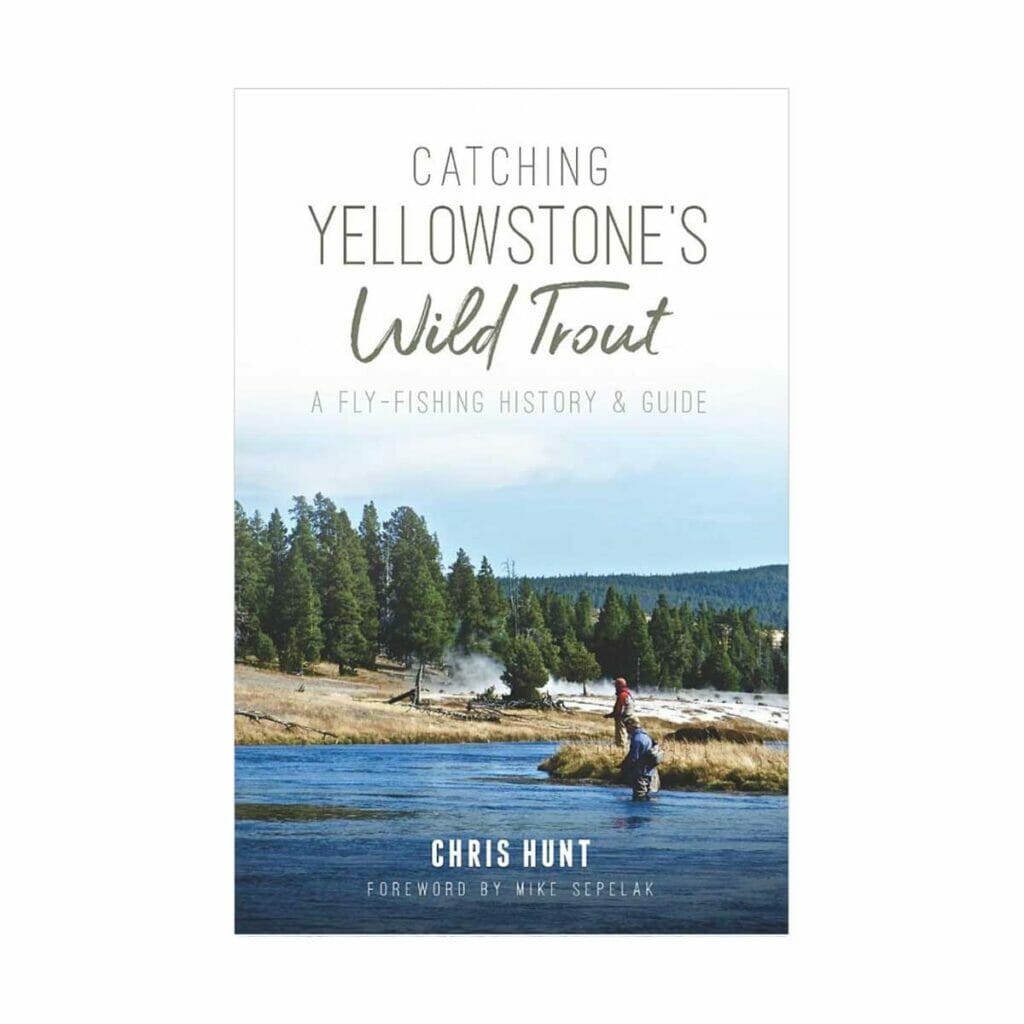
Catching Yellowstone’s Wild Trout: A Fly Fishing History and Guide
TU’s own Chris Hunt has compiled a comprehensive guide book to fly fishing Yellowstone National Park, but it’s not your typical “where to go” tome. Instead, Hunt tackles the origins of each game species found in the park, both native and introduced, and then highlights waters where each fish can be caught by anglers.
Yellowstone is an iconic destination for tourists, but only about 50,000 anglers visit every year, and the vast majority of those who fish don’t step very far from the park’s roads. Hunt offers up some out-of-the-way destinations and a good bit about the natural and human history of the park, as well as some solid information on how to go about catching the wild trout that inhabit its waters.
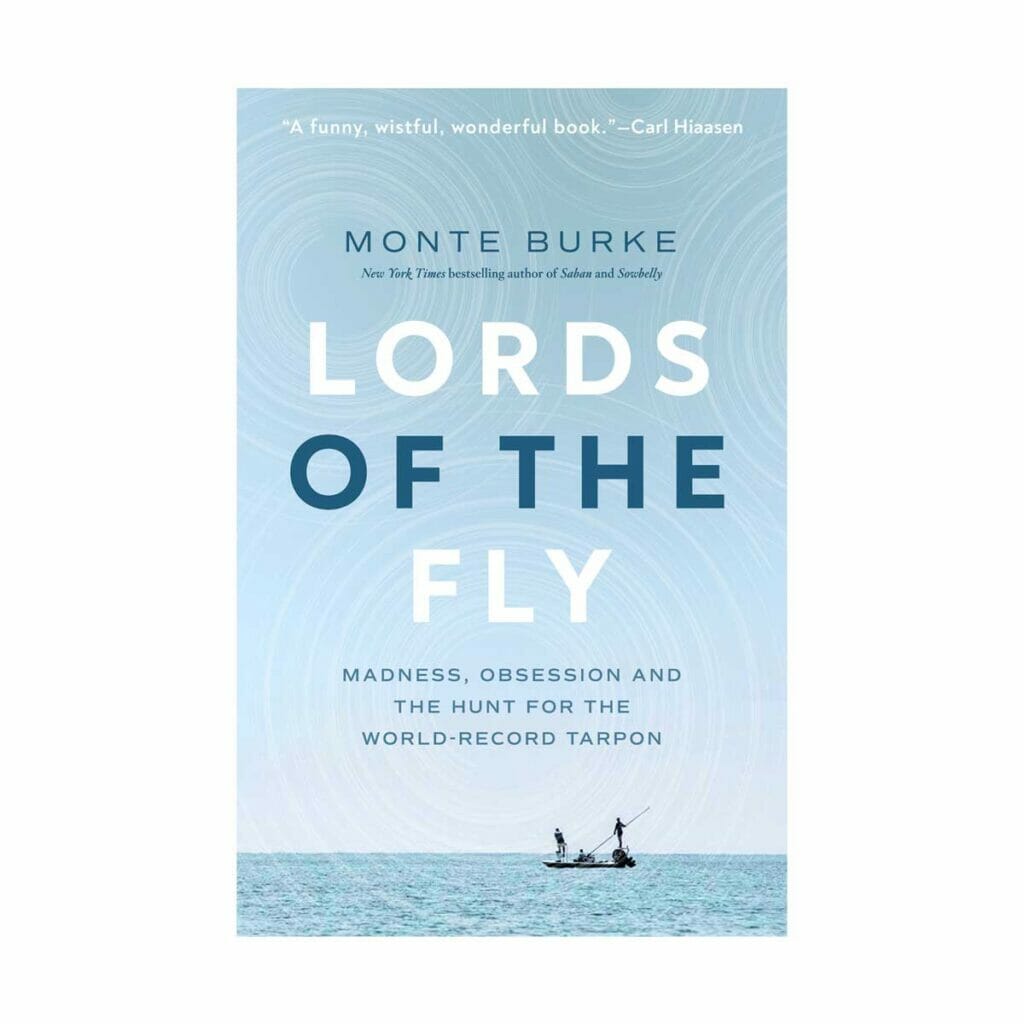
Lords of the Fly
A half century ago, the best saltwater fly angers in the country descended on a small Gulf Coast town in Florida every spring and set about catching enormous tarpon on fly rods, shattering and re-shattering world records in the process.
Monte Burke’s Lords of the Fly tells the story of this moment of time in Homosassa, and as he did in his 2005 book about largemouth bass record hunters, Sowbelly, he brings to life a subculture of obsession. The cast of characters includes luminaries of fly fishing—Lefty Kreh, Stu Apte, Billy Pate, Steve Huff, and Tom McGuane all make appearances—and Burke’s unvarnished stories veer into drugs and womanizing, off-the-water feuds and on-the-water grudges. At one point, a fly fishing mobster shows up on the scene.
The heart of the book is the story of Tom Evans, who decamped annually to Homosassa from Wall Street for weeks at a time to take shots at the hundreds of migrating tarpon that moved onto the flats. Every time he saw a tarpon jump, he says, “it was like I stuck my finger in a light socket. . . . I used to get so excited out on the water that I couldn’t breathe.” His masochistic quest led to a pair of world-record tarpon: 194 pounds on 12-pound tippet and 190 pounds on 16-pound tippet.
Nothing this good lasts forever, of course. Word got out about Homosassa and the crowds appeared, but as it happened, not long after they did, the giant tarpon stopped showing up in the same epic numbers. What happened is a microcosm of what is happening across Florida. Drought and overdevelopment—new golf courses, new homes—conspired to draw down aquifer levels and take a toll on once clean, freshwater flows.
“The loss of the tarpon in Homosassa,” Burke warns, “is just a harbinger of worse things to come.”




